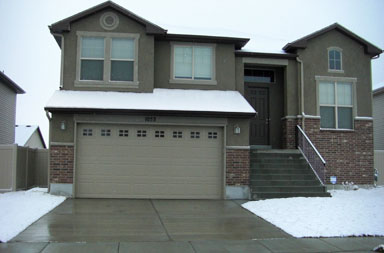Radiant Heat Can be Tailored to Your Specific Needs and Budget
Heated driveway systems are surefire ways to enhance safety for businesses located in cold weather climates. From grocery stores to restaurants and car washes, business owners are turning to radiant heat to ensure safety and protect themselves from liability claims.
Warmzone radiant heat systems are fully automated, so there’s no need for business owners to show up at the workplace early to shovel snow. The automated systems activate when an aerial or ground-mount snow sensor detects precipitation and temperatures are below a set point (typically 39°F). The energy efficient snow melting systems operate only when needed, and are also maintenance free – another favorite feature among business owners.
Easy to Customize
Radiant snow melting systems are easy to customize. Electric snowmelt systems can be installed to heat unique shapes and areas, and can be tailored to best meet the client’s budget needs. In addition to heating entire driveways and sidewalks, some other popular layout options for heating driveways include:
Heating tire tracks: Rather than heating an entire driveway, install two 24-inch wide heated tire tracks.
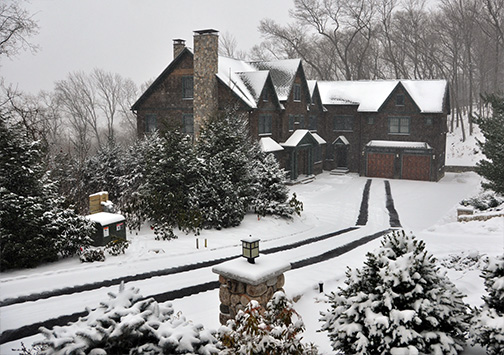
Heating the Center Strip or High Traffic Areas: Heat only an 8 or 10-foot wide strip up the middle of the driveway. Or install heat cable only in the most trafficked area of your driveway. Heat trouble spots such as inclines or where shade often causes ice buildup. Instead of heating an entire sidewalk, just warm a 3-foot wide strip in the middle; or heat the steps and heavily trafficked areas of entry points and porches. Businesses often install radiant heat to melt snow and ice in parking areas and walkways near the store front as well as in loading docks and ramps.
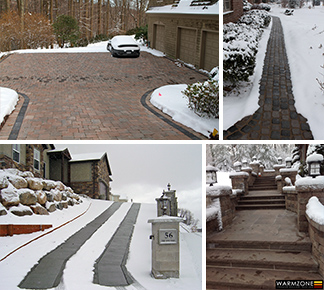
Heating specific/custom areas: Many consumers install radiant heat only for specific needs. For example, heat dog runs or kennels to keep outdoor pets comfortable, or only heat the sloped areas of a sidewalk or just the steps. The options are virtually limitless when it comes to installing heated driveways.
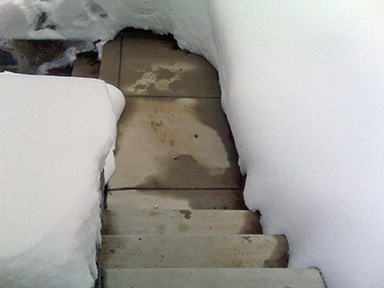
Visit Warmzone’s heated driveway web page for more detailed information. The information includes sections on how heated driveways work, determining the operating cost, how heated driveways work and more.
From small, custom snow melting projects to large commercial applications, radiant snow melting systems have proven to be the reliable, cost effective solution for homeowners and business owners alike.
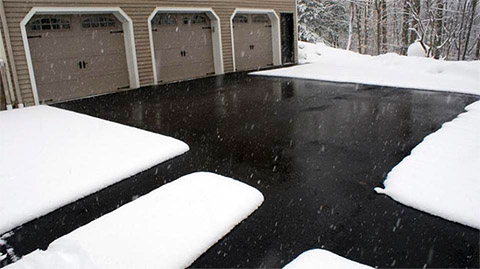
Unlike other providers of radiant heat systems, Warmzone offers free installation training courses for installers, as well as complete system design and layout services and installation support. Dealing with Warmzone makes the process of finding and installing the best system easy for customers.
Information Resources:

